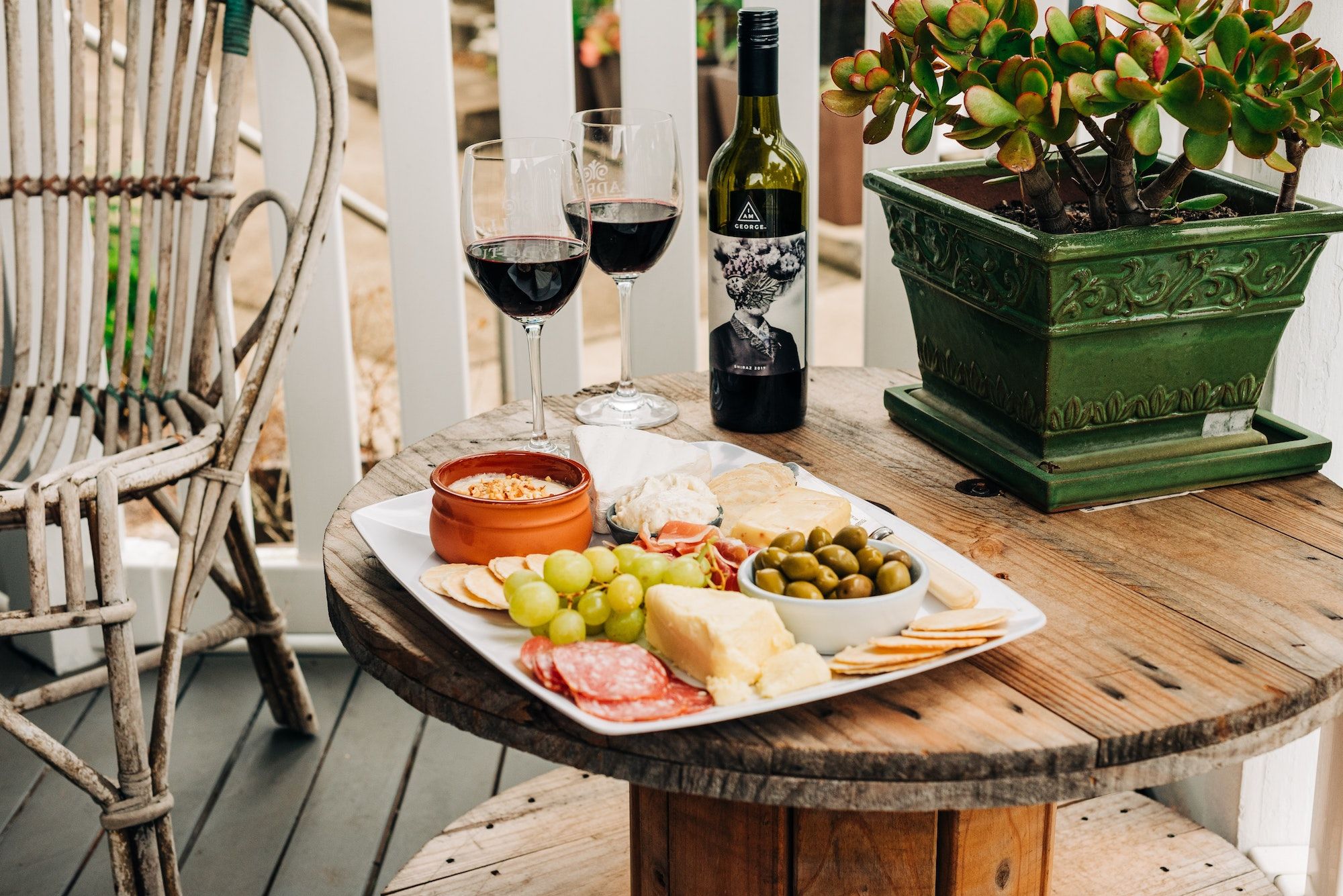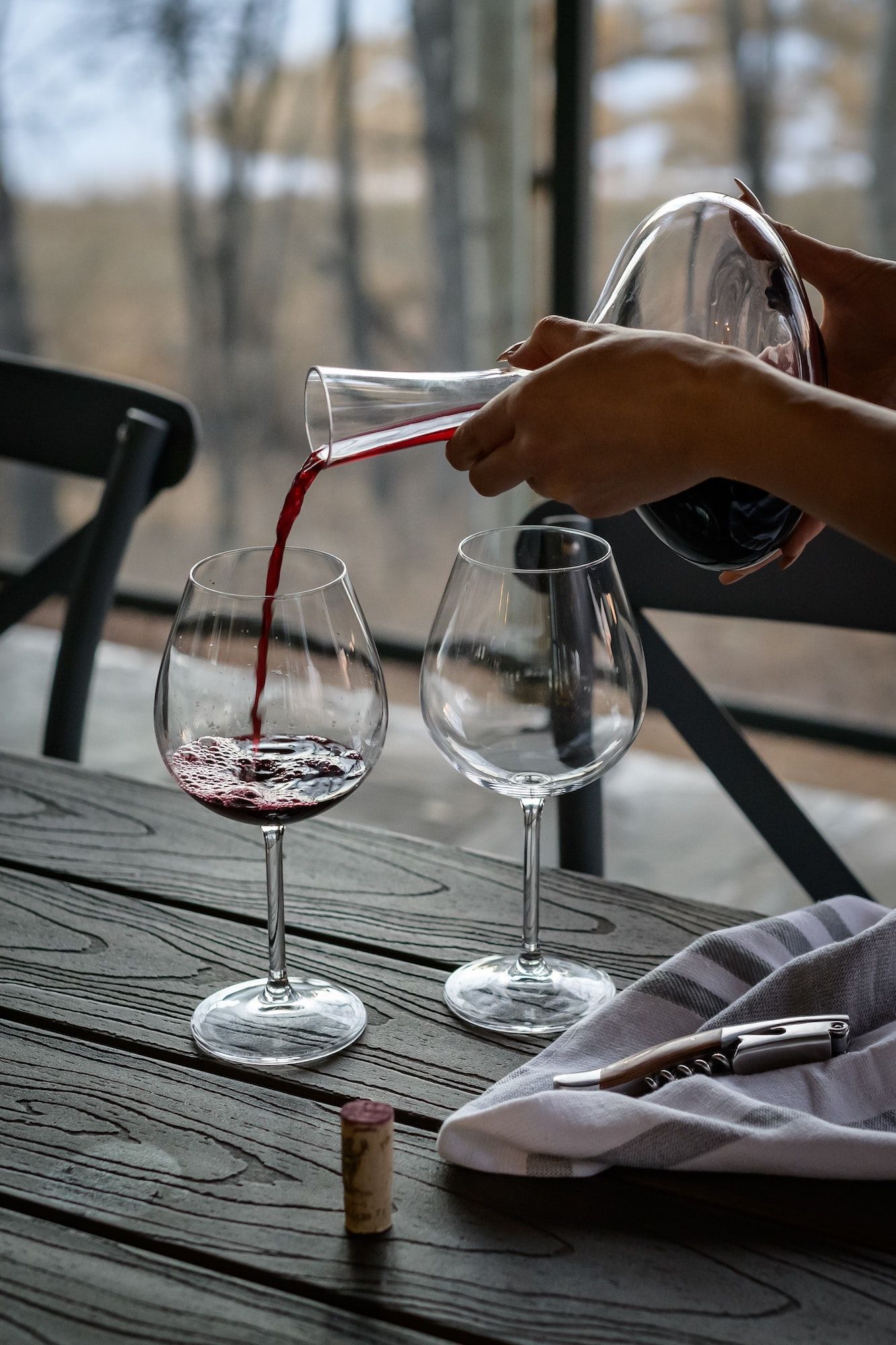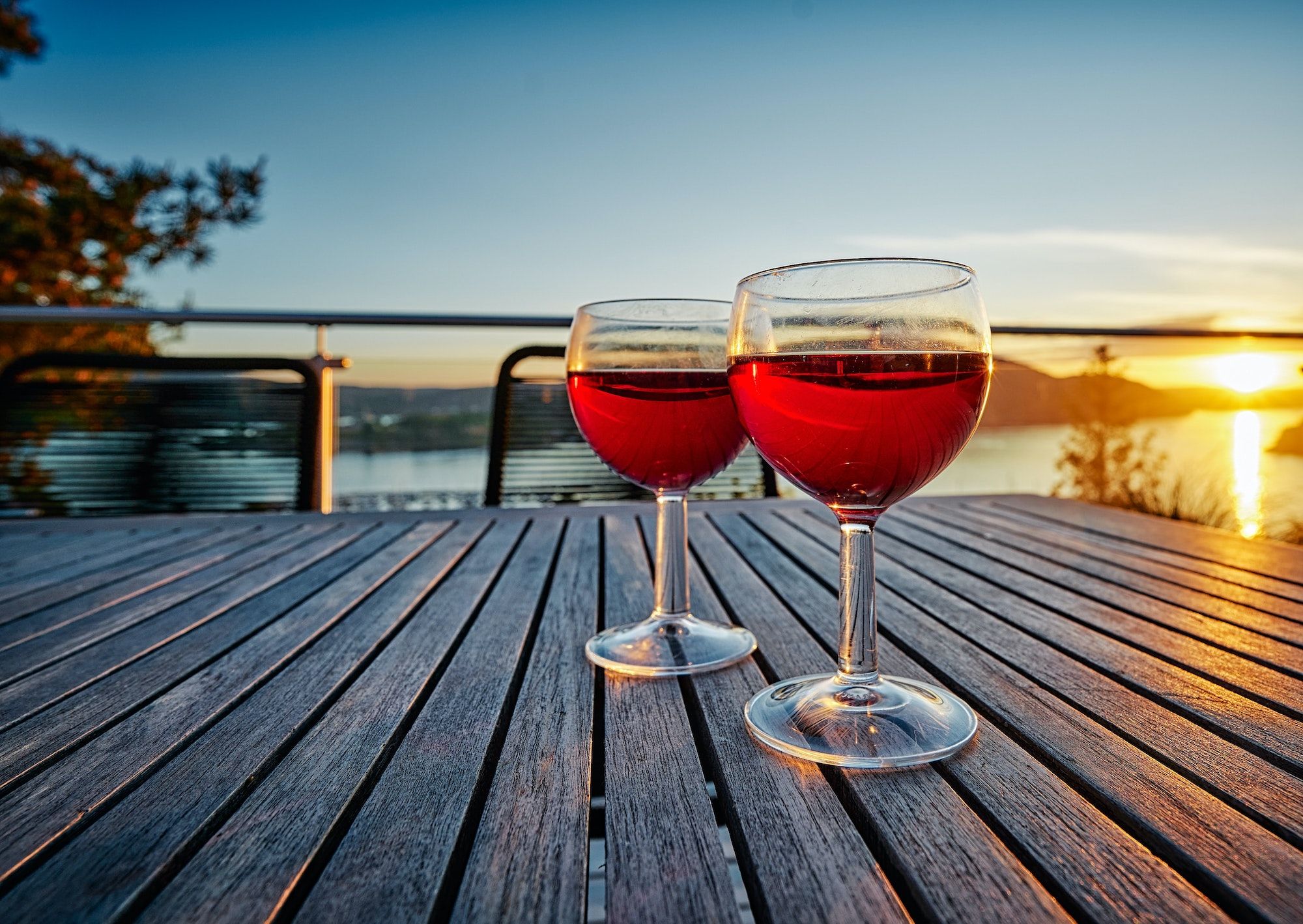Try these highly recommended red wines if you're bored of your typical summer whites and rosés
Singapore's weather is hot all year round, and in that sense, it's more ideal to drink a crisp white wine or refreshing rosé rather than your favourite red wine. But if you prefer to stick to grapes of the purple persuasion, here's a list for you:
(Related: The Most Influential Female Wine Experts in Asia List Their Top Wine Recommendations)

1. Cerasuolo di Vittoria
Where: Sicily, Italy
Why: Although it has been overshadowed by the reds of Etna in recent years, Cerasuolo di Vittoria was the first (and still only) Sicilian red wine to receive a DOCG (the top appellation in the Italian system). It has long been home to innovative, boundary-pushing producers who were some of the first on the island to take a more “natural” approach to winemaking. The word “cerasuolo” (chair-a-SWO-lo) meaning “cherry,” is a reference either to the wine’s pert cherry fruit or the cherry-red soils the vines grow in: a soil type called terra rossa typically found in dry Mediterranean climates and underlaid with acidity-boosting limestone. It unites the red grapes nero d’avola, familiar to many as the beloved juicy crowd pleaser of the early 2000s, and its lighter, more fragrant counterpart, frappato, resulting in a heat-friendly mix of punchy crimson fruit, lilting florals and breezy summer crispness, like a block-printed linen sundress in a bottle. Ideal for light summer suppers, including fish or vegetarian dishes.
Which: Gulfi, COS, Arianna Occhipinti (for the latter two, try their varietal frappato for something extra wispy and perfumed).
(Related: 10 Best Wines to Have This Summer)




